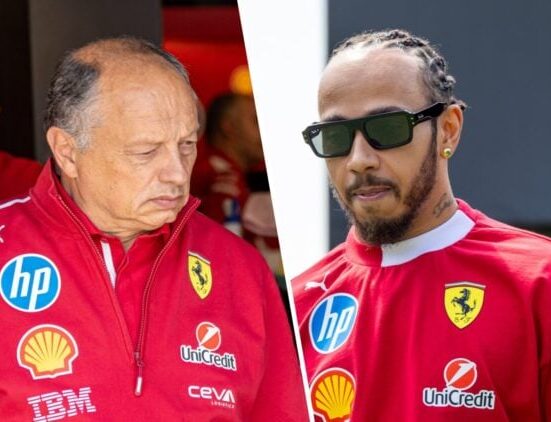F1 imposes limits on Cadillac ahead of 2026 season
12 Jan 2025 6:30 PM

Cadillac will enter Formula 1 in the 2026 season.
Though we’re still waiting for official confirmation that Cadillac is clear to join the Formula 1 grid in 2026, all signs point to a successful launch — particularly when you consider the fact that the American automaker has already begun buildings its first car.
But even though Cadillac can start work, there are plenty of limitations about the kind of work it can do, as well as the amount of testing it can undertake. We’re going to take a quick look at the ever-evolving F1 regulations to understand exactly what the American automaker is and is not allowed to do when it comes to development.
Dos and Don’ts for Cadillac F1
Cadillac’s Formula 1 team began life with an expression of interest by Andretti Global, and from the moment the outfit applied to become a Formula 1 team, it began building its Formula 1 car in hopes of sneaking in some unregulated testing time.
We all know that testing and development in Formula 1 has become extremely regimented. Cost caps dictate how much a team can spend. Wind tunnel allotments vary between teams, with extra time given to the teams at the bottom end of the championship.
The goal isn’t so much to restrict innovation, as it is to maintain a more level playing field between all competitors.
Cadillac, though, has kind of existed in limbo. The US automaker has been clear that it has begun developing its car well in advance of preliminary acceptance on the F1 2026 grid back in November of 2024.
And even then, that acceptance still isn’t guaranteed, so the team isn’t 100% confirmed for 2026. What can Cadillac do to prepare for F1? What isn’t allowed?
More on Cadillac F1:
👉 Cadillac F1: Everything you need to know about the new 11th team
👉 Revealed: The six-stage Cadillac F1 blueprint ahead of huge 2026 entry
There are two definitive moments in our Cadillac-to-F1 timeline: The first came with the outfit’s agreement in principal with Formula One Management, and the second came on January 1, 2025.
In November, when Cadillac and the FOM reached an agreement, that effectively meant that the team was agreeing to operate on 2026 regulations beginning on January 1, 2025.
That means complying with the cost cap for 2025, though there is still a lot of freedom for the US automaker; while current teams will be using their 2025 budget to compete in 2025, Cadillac can put more of that budget toward its 2026 debut — though much of that budget will still be spent building up the team’s staff and facilities.
Cadillac will also find itself on the back foot; while one version of the 2026 regulations was available to the public, teams substantially revised those regulations in the later half of 2024, and the changes wouldn’t have been available to Caddy until it made its deal with the FOM.
<script async src=”https://static.smartframe.io/embed.js” data-minify=”0″></script><smartframe-embed customer-id=”0fab81ce12e48a0794275e1d82449fb1″ image-id=”1053313676″ style=”width: 100%; display: inline-flex; max-width: 100%;”></smartframe-embed><!– https://smartframe.io/embedding-support –>
We still don’t have all the details on these changes, as they were first announced in December, after the meeting of the World Motor Sport Council. But some broad alterations include:
- Significant revisions to the aerodynamic regulations
- Changes to energy regulation in power units, how energy can be deployed, and how those power units will be tested
- Revisions to how finances are regulated and interpreted by the FIA
Caddy very may well have gotten a head start in developing its F1 technology during that period where it was unregulated by the FIA — but enough changes have been introduced in the interim that it’s likely the outfit will have to significantly revise its plans.
And now, it’s going to have to do so while complying to the revised 2026 Financial Regulations, which may further alter the team’s strategy.
There is some good news for Cadillac, though: It’s not introducing a power unit just yet, and its PU will be arguably more important than the Ferrari-powered race team that will operate in the interim.
As you might imagine, there have also been some refinements to regulations, with a view to protecting the intellectual property of PU makers; that was perhaps introduced with an eye to preventing Cadillac from pulling too much information from Ferrari — but with the outfit’s hypercar program already well established, intellectual property theft is highly unlikely.
Read next: Mario Andretti speaks out after new Cadillac F1 role confirmed
Cadillac










Leave feedback about this